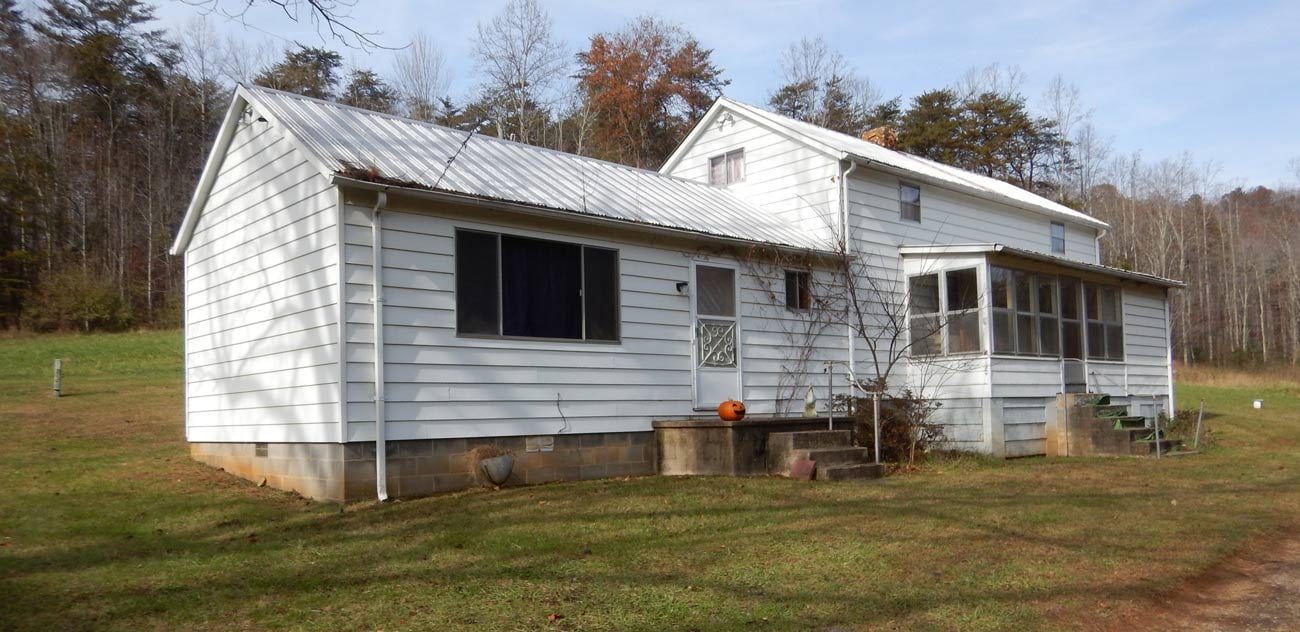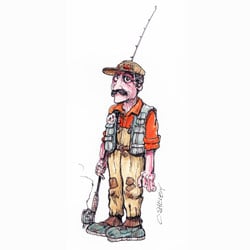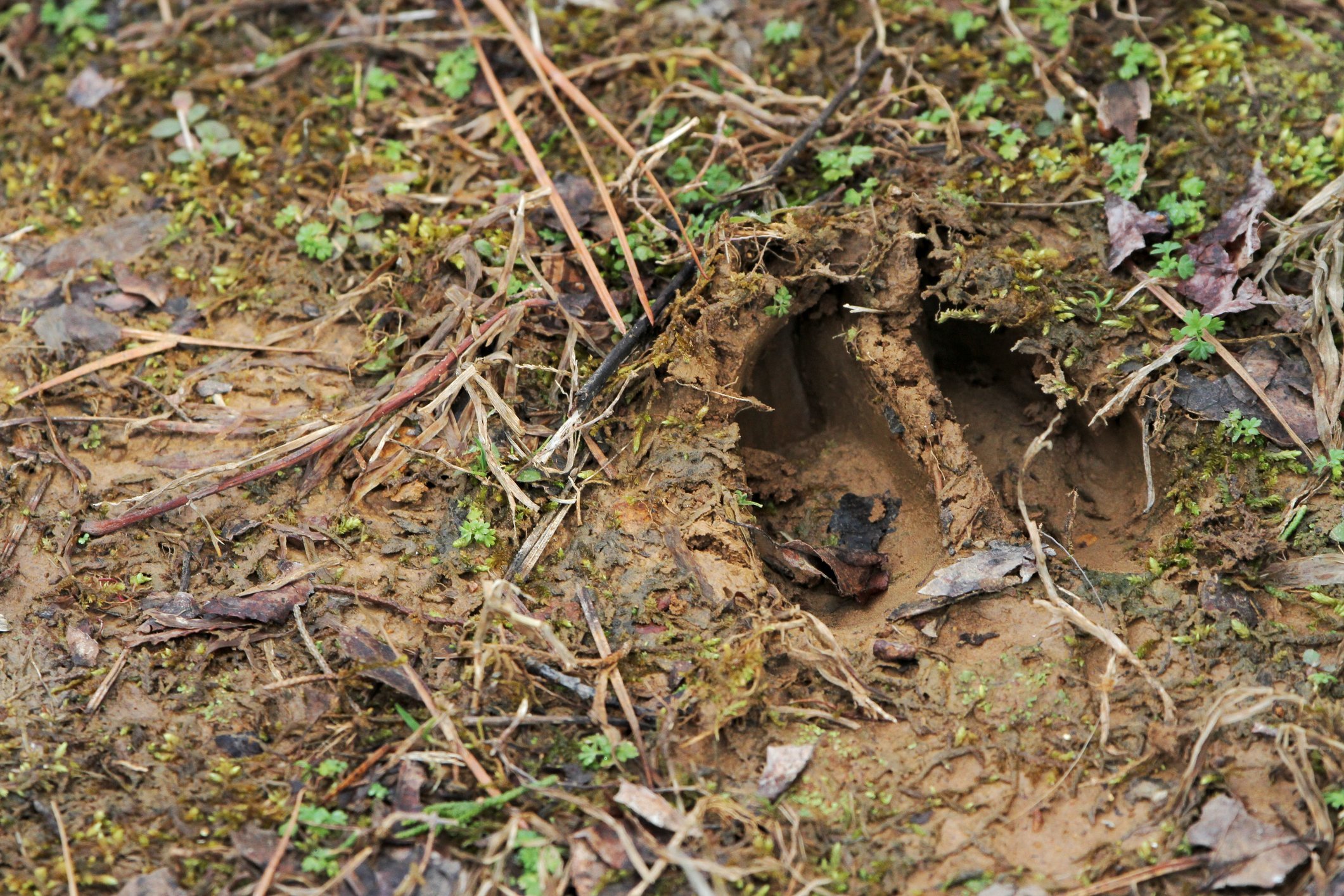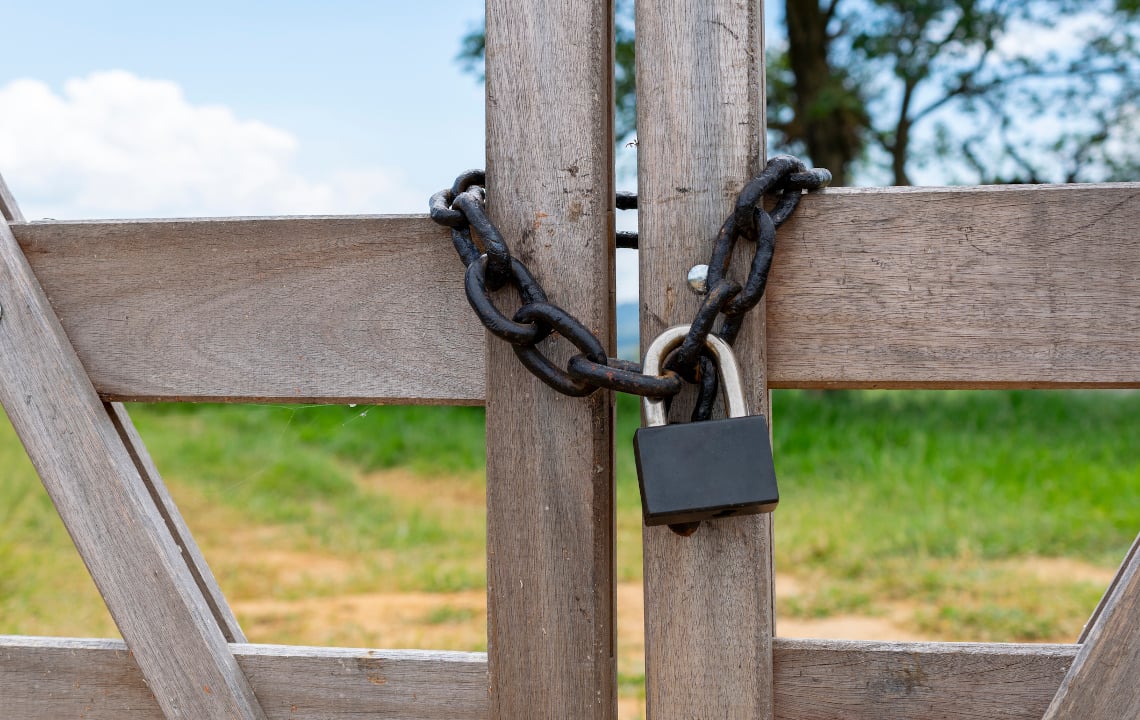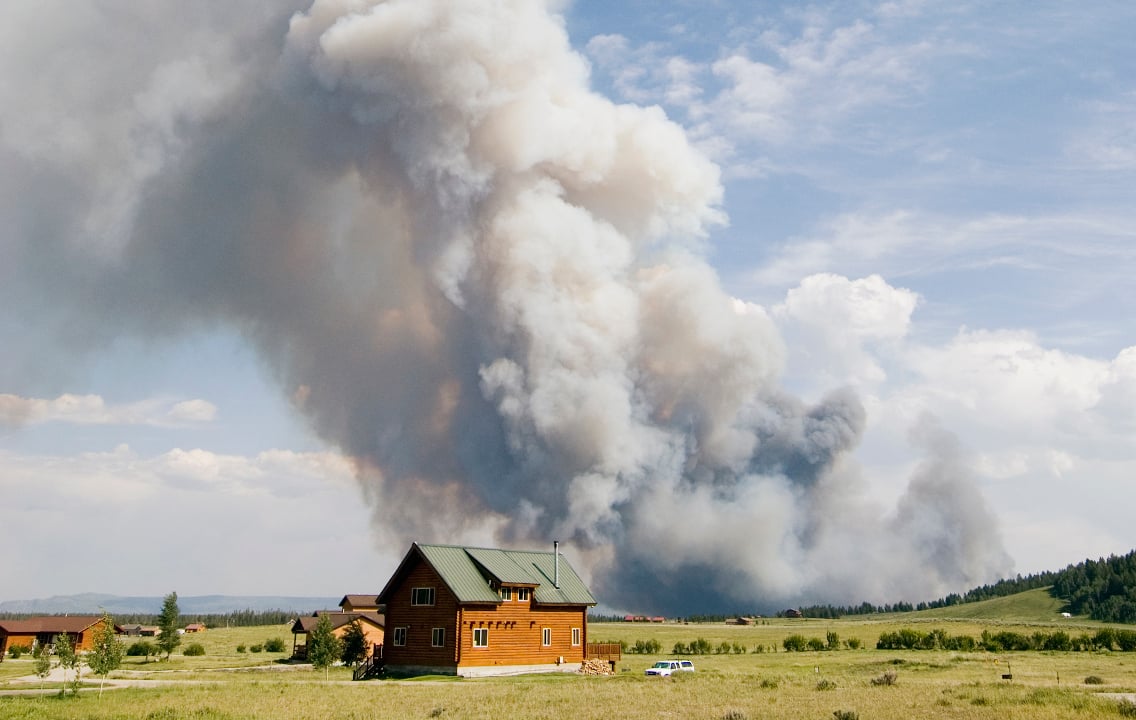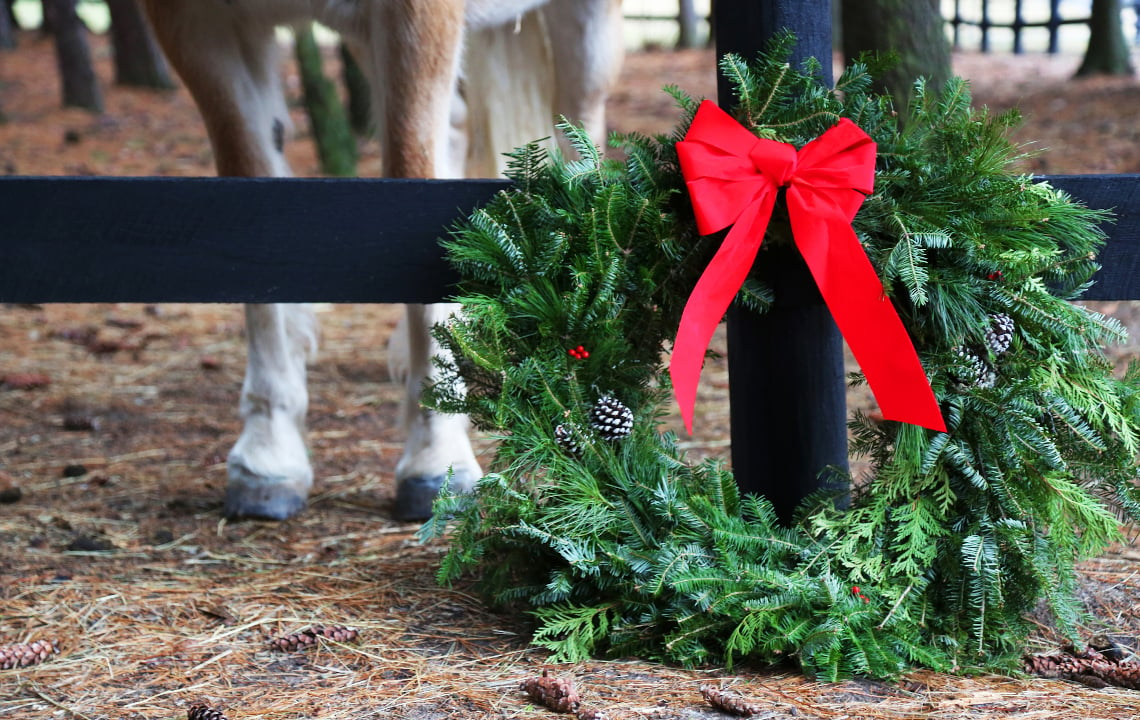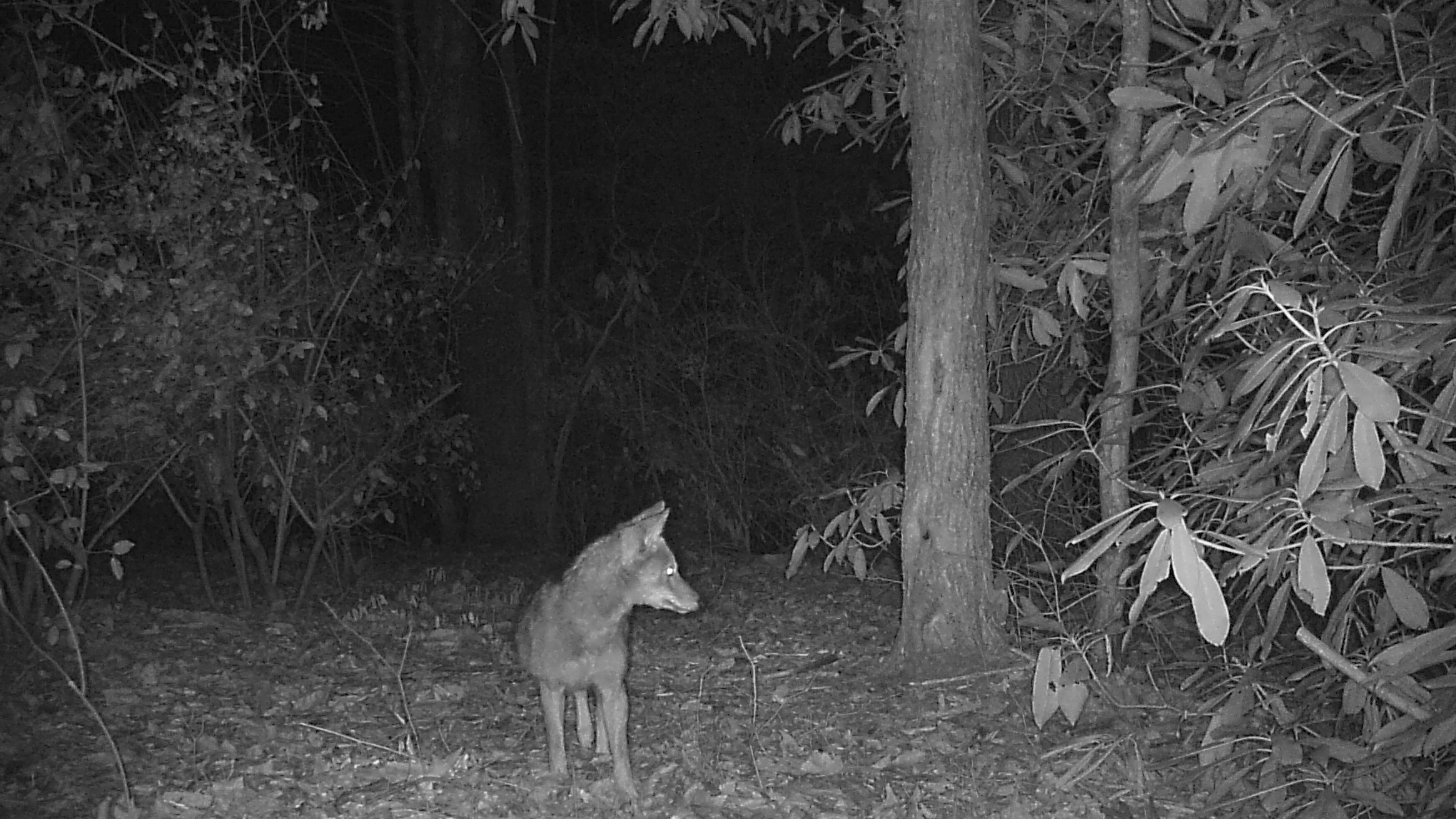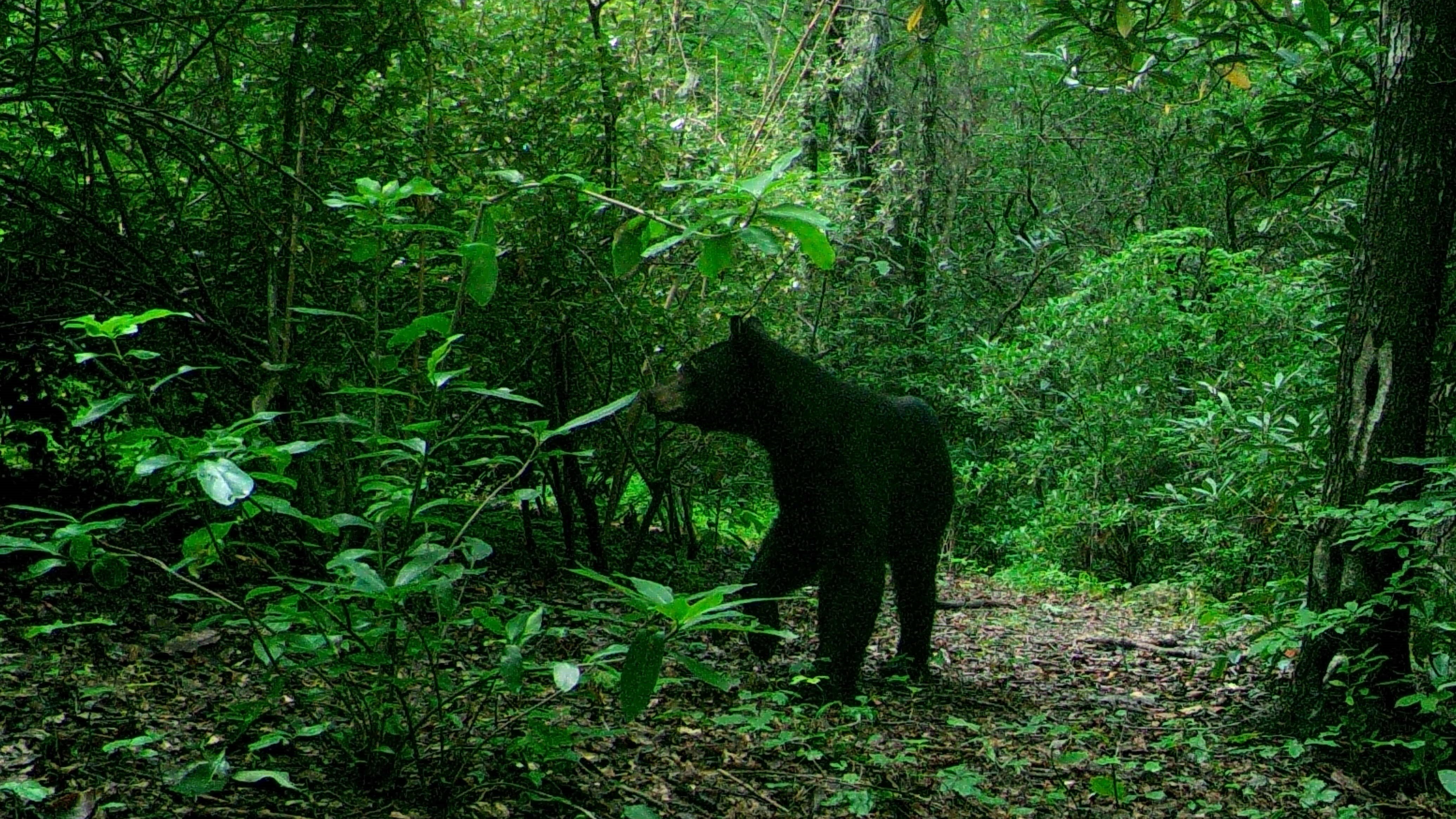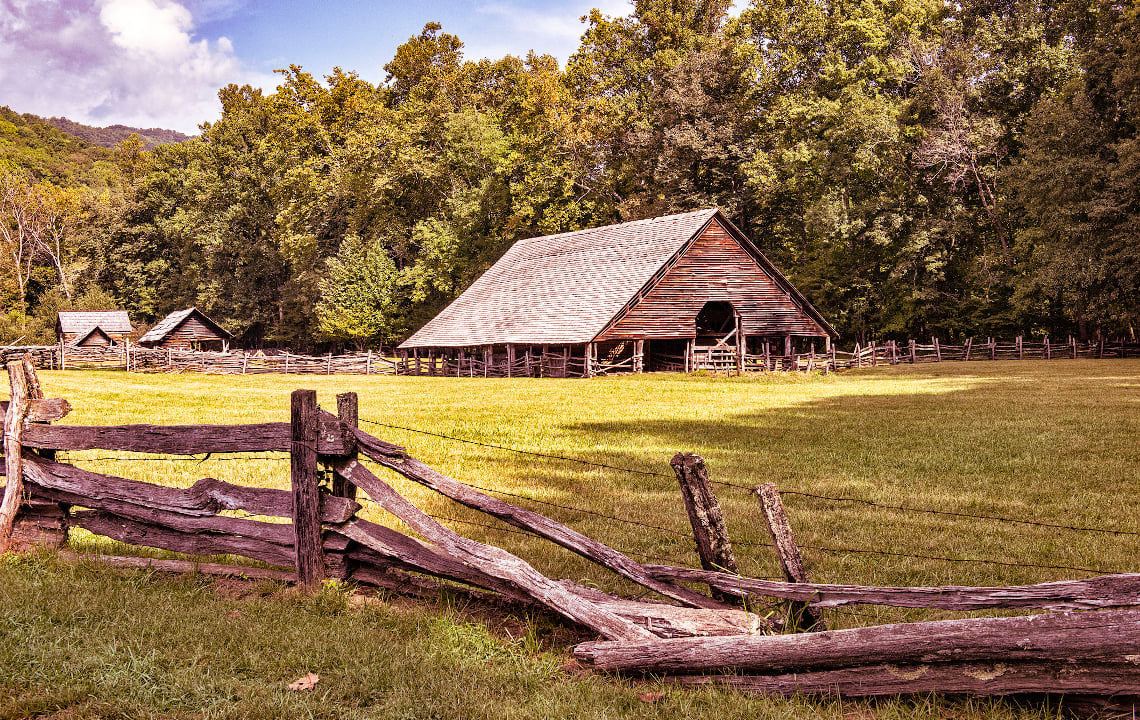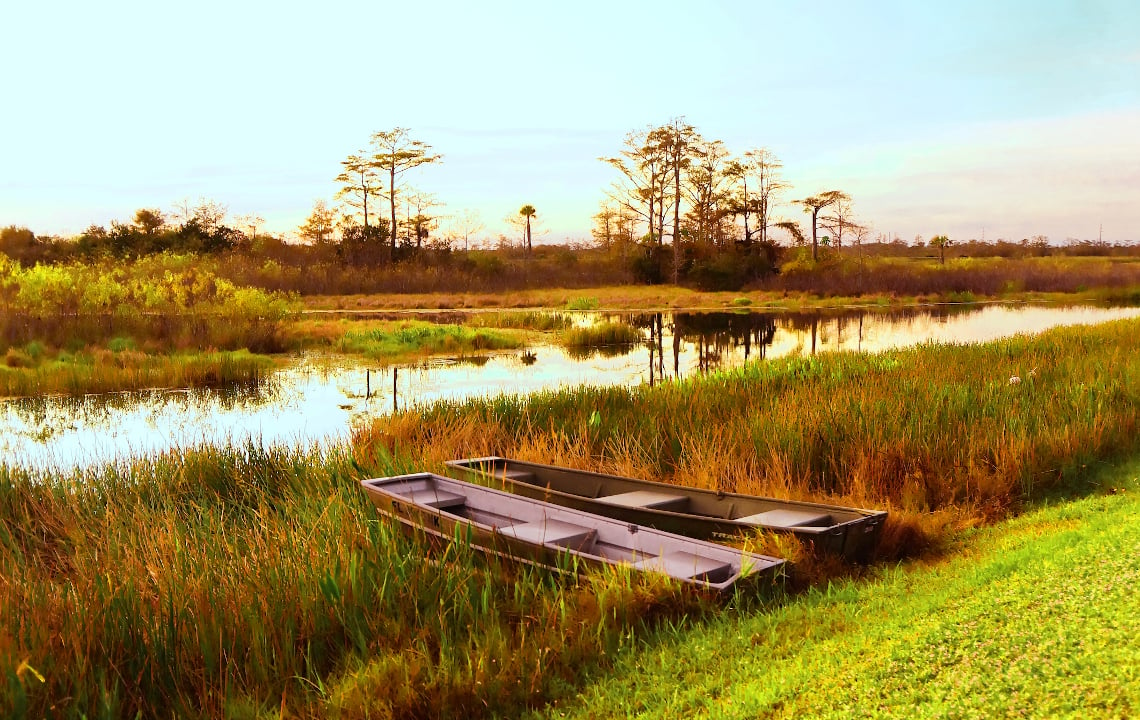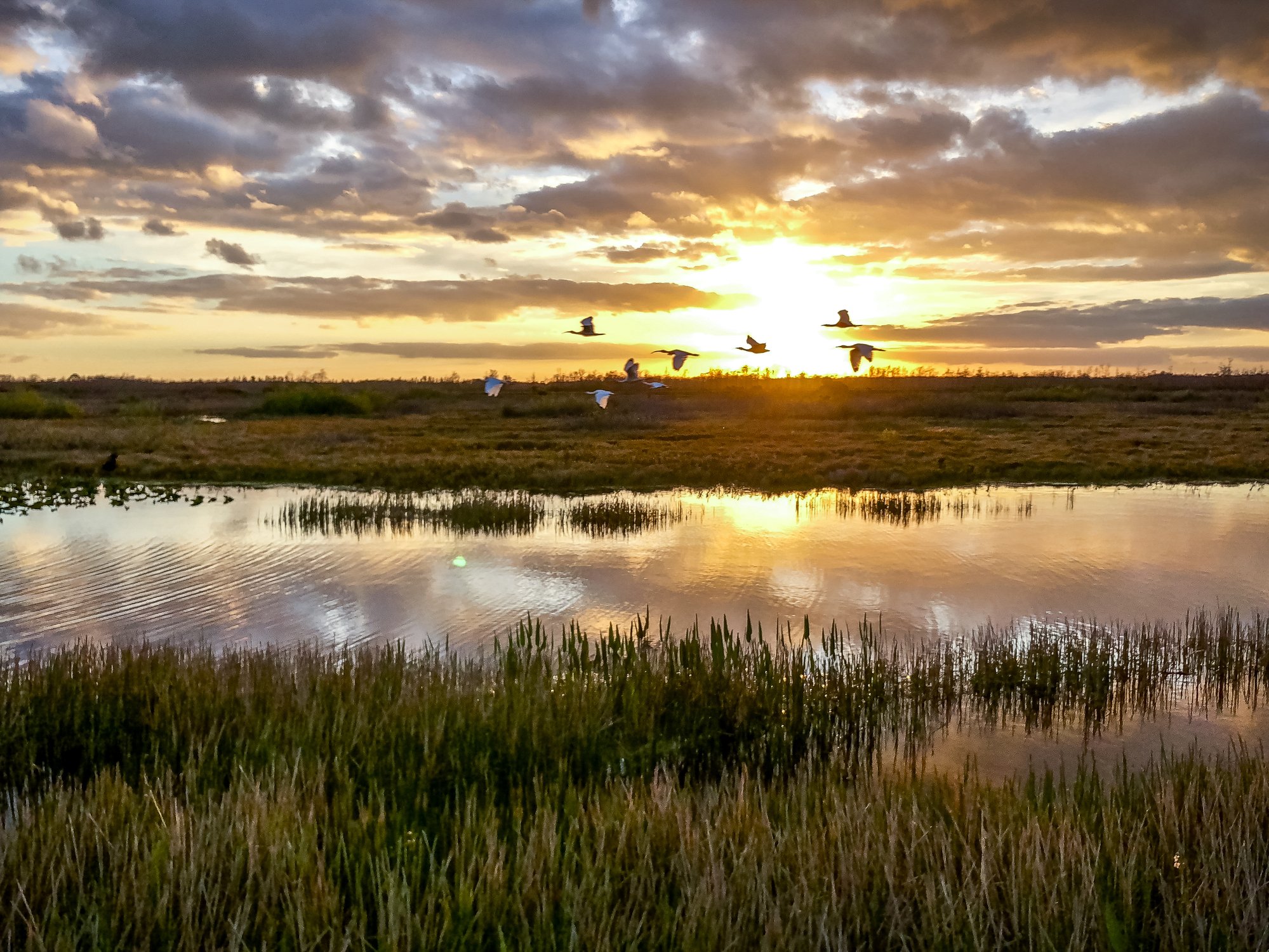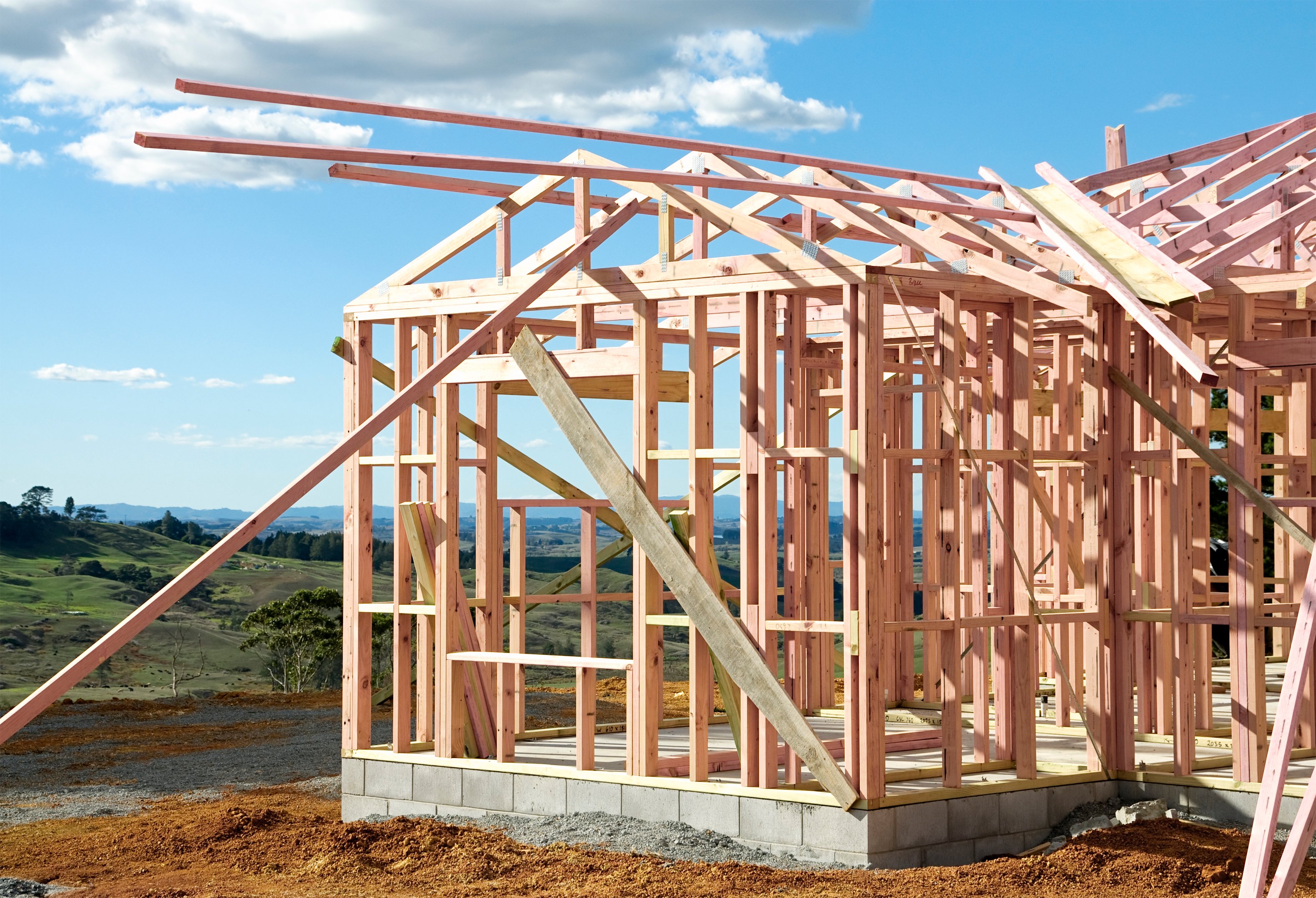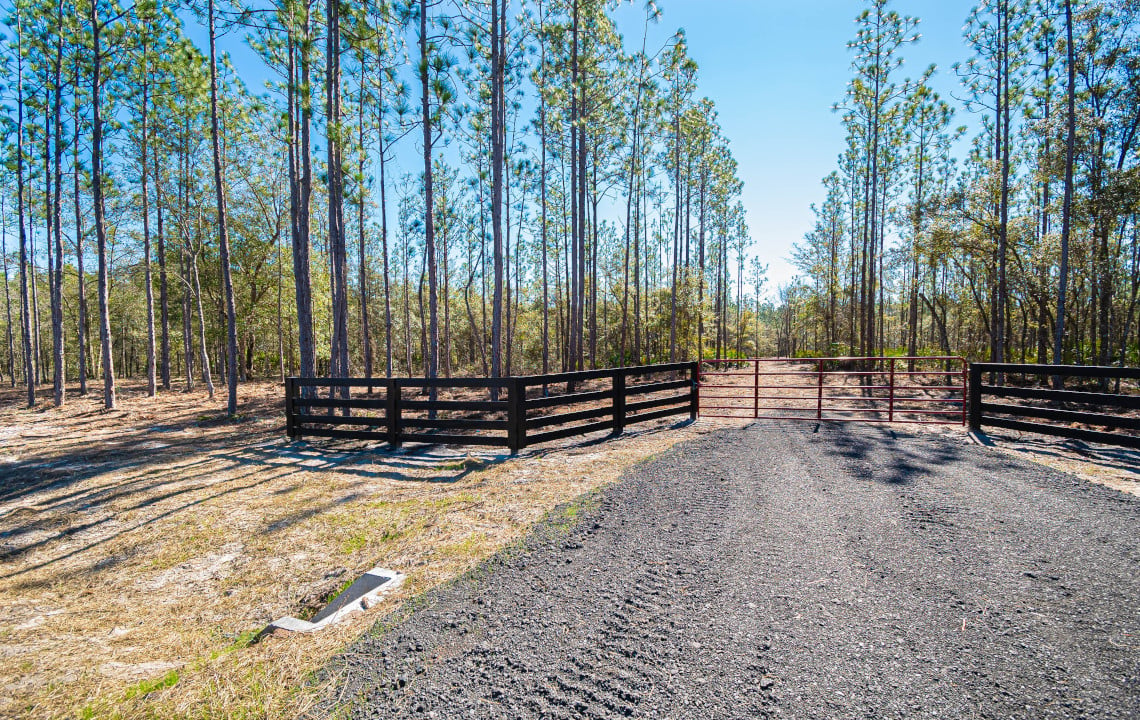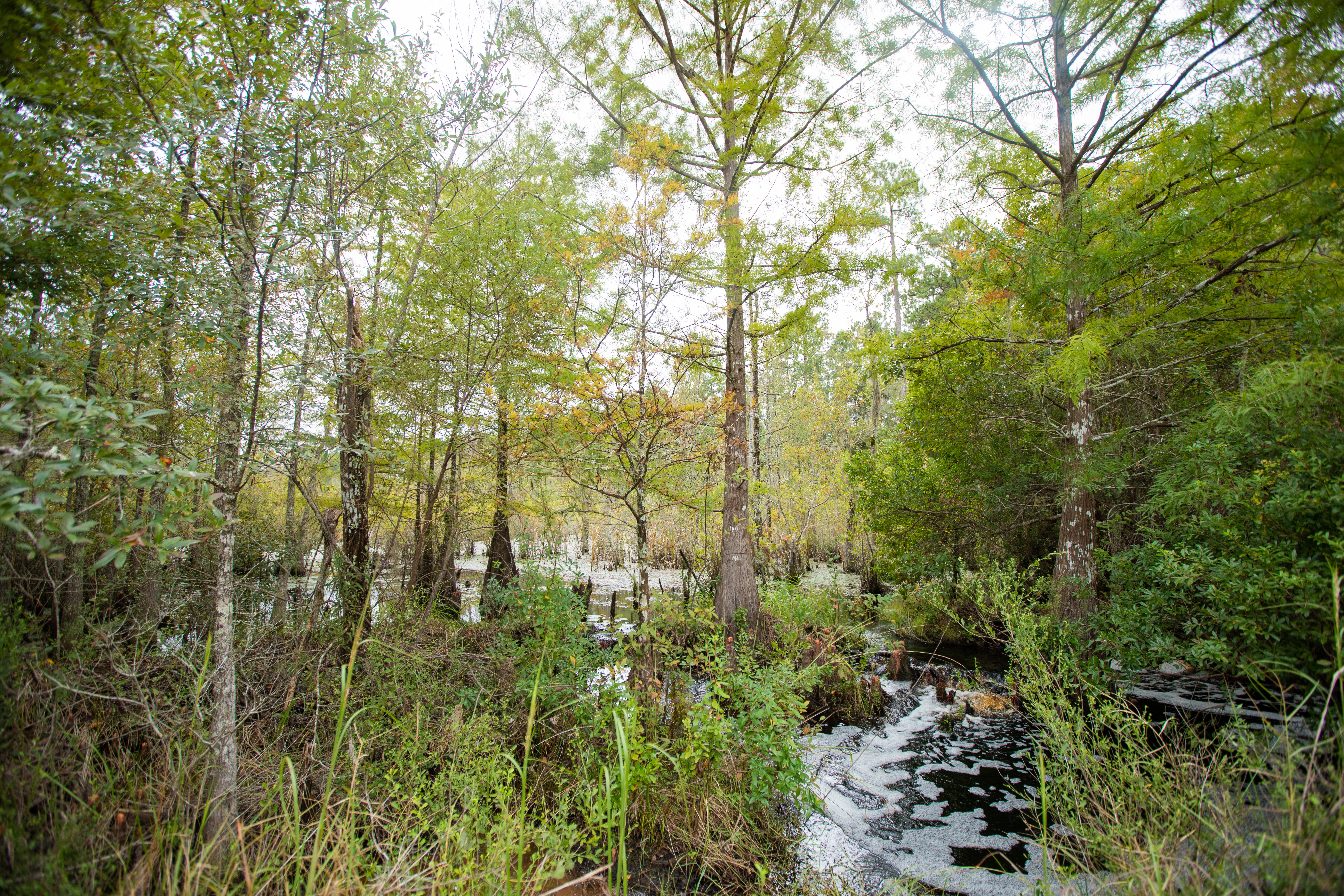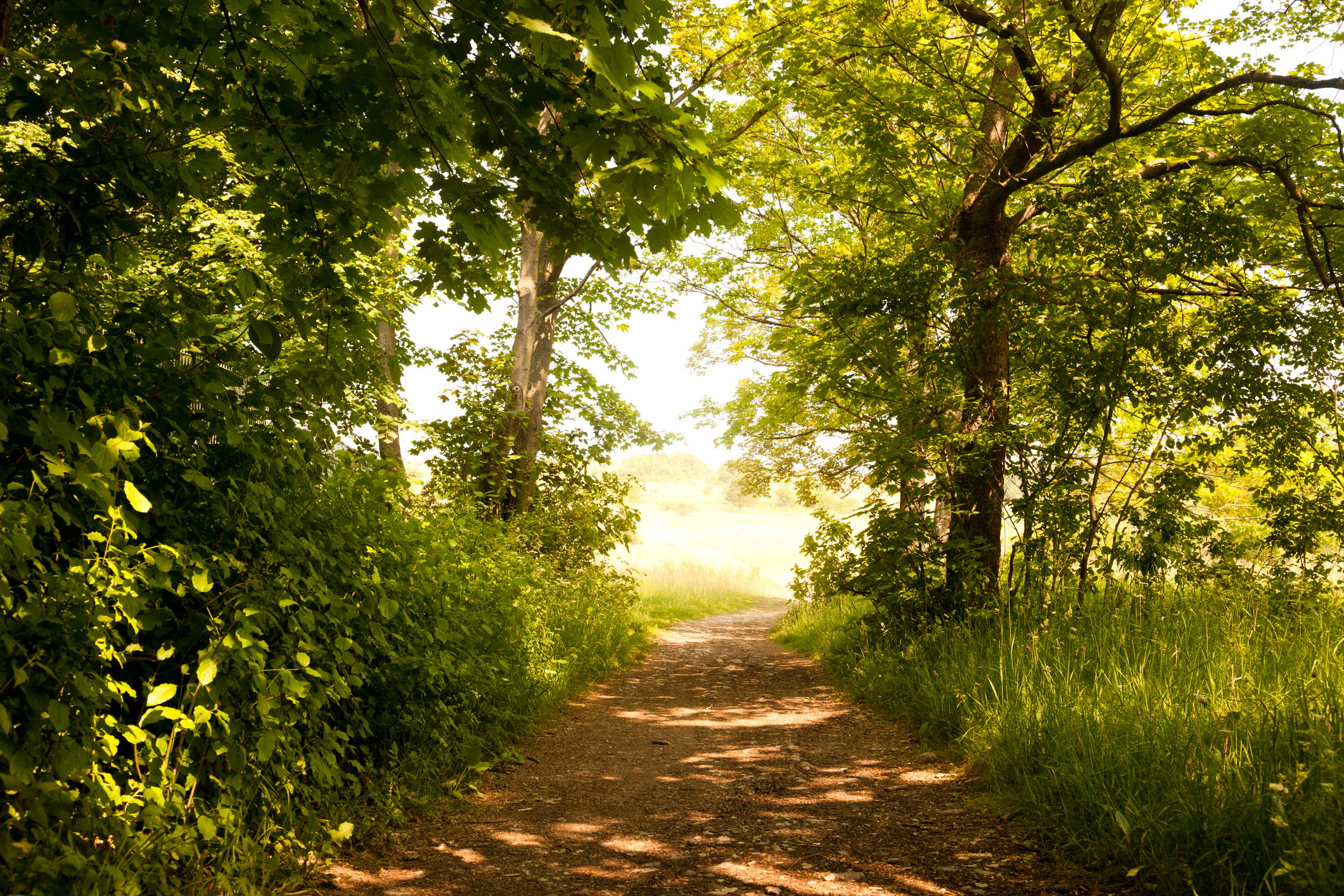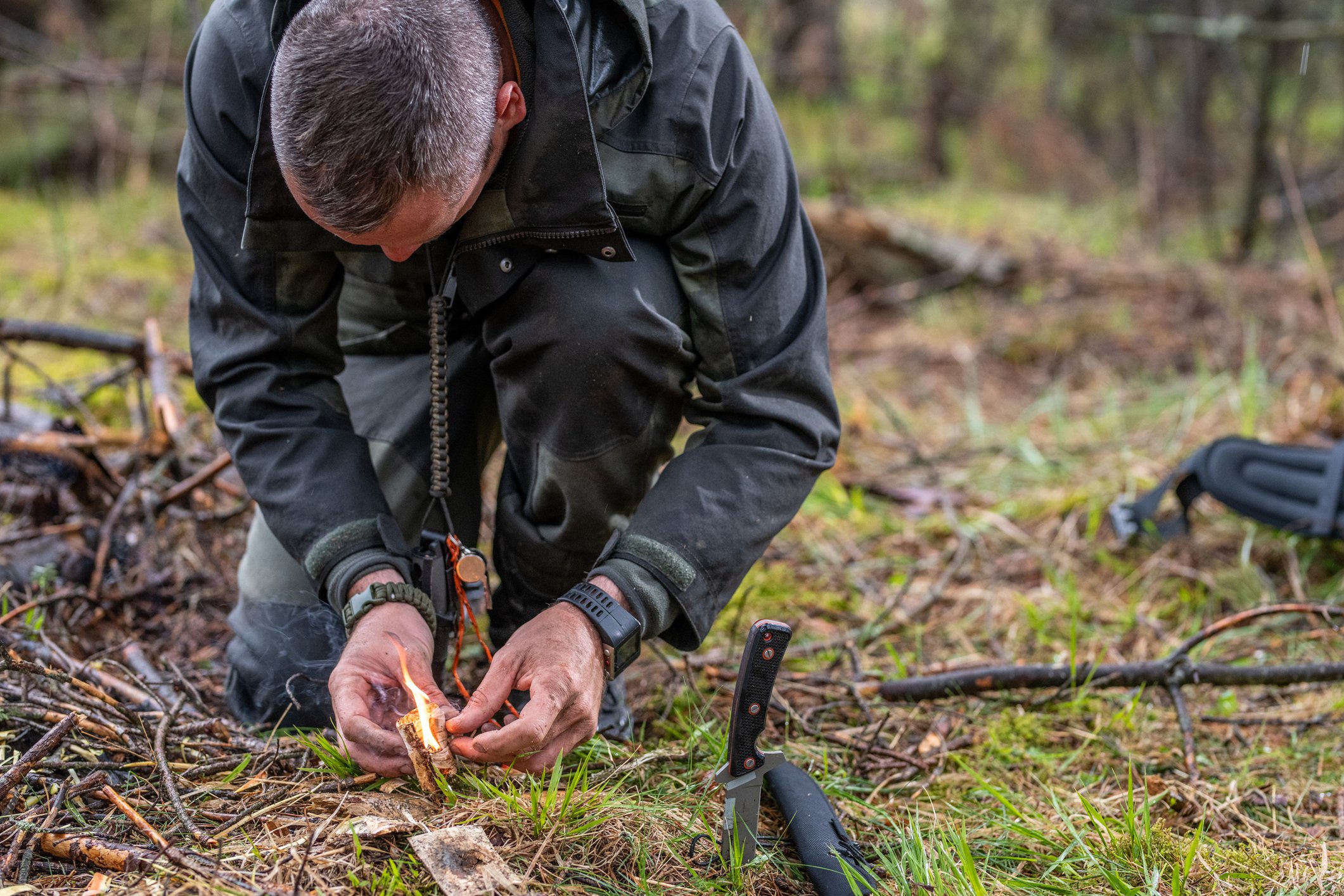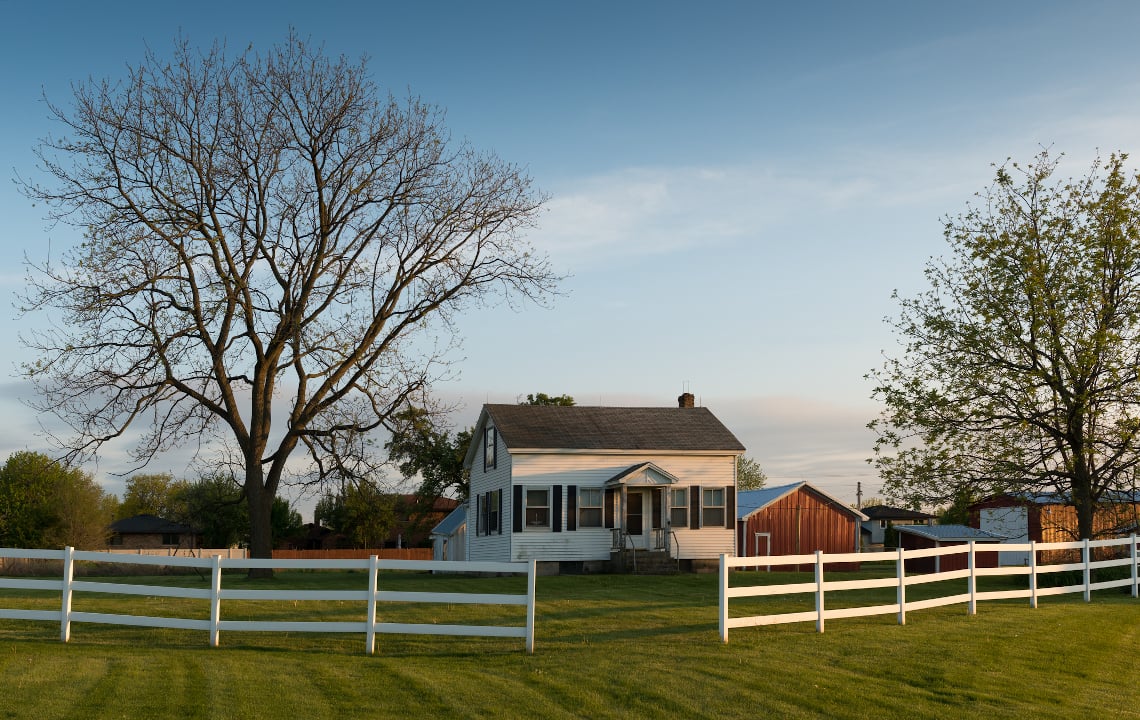Jim Mize shares how his family rebuilt a homeplace that has been in the family since the 1800s.
While quail hunting and following a Brittany through brambles and marshes, my dog occasionally led me to an old homeplace. Usually, these places were grown up and birdy, the original house in disrepair. These tracts of land passed through generations of ownership without sale and had histories of their own. My family has such a place, but in our case, the homeplace became home.
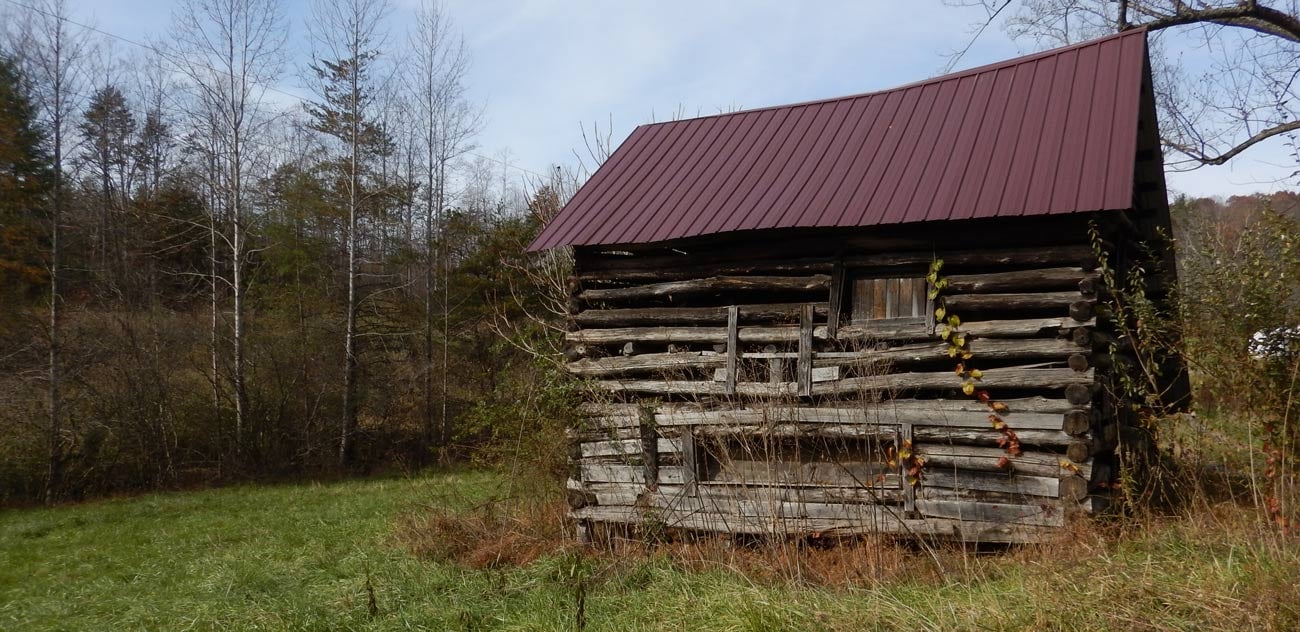
The earliest recollection in our family is that a relative owned the land in the mid-1800s. It passed through generations and my grandfather was born in the house that stood on the property in the early 1900s. His memory of that house and attachment to the land led to the story that follows.
About the time of the Depression and Prohibition, the property was sold out of the family to some moonshiners who valued good water and a remote location. Some time after they were caught, a great-uncle bought the land back and eventually sold it to my grandfather. When he retired at 60, he set out to rebuild the house exactly like the one he was born in. All that remained of it at the time was a foundation and a chimney.
When my grandfather started, even the land looked neglected. The driveway was nothing more than a rutted dirt road. The field was a thicket of blackberries too dense to navigate unless you were a deer. The spring we drank from remained clear and cold, so at least we had water when we worked. Two buildings remained standing, one a barn that was old the first time I saw it, and the other a smokehouse. The first order of business was to take care of the land. Then, he turned his attention to rebuilding the house.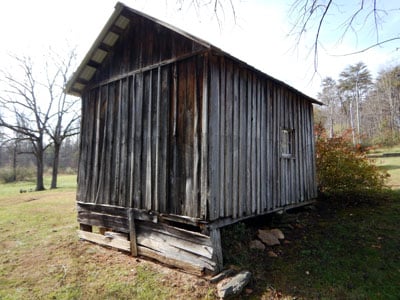
He worked solidly on the house project for a year, only recruiting help when he put up the rafters. Having worked in various construction jobs during his career, from building ships to hydroelectric dams, my grandfather knew how to plumb, wire and construct a home.
Unfortunately, shortly after he finished the house, he passed away. My grandmother convinced my parents to move to the homeplace. We picked up where my grandfather left off, fencing the pasture and running a few cattle. We planted a vineyard, mostly table grapes (though a few feeble attempts at winemaking convinced us to stick to our day job)s. Dad kept honeybees and could usually find a wild swarm when he had an empty hive.
Roaming the woods, we found split chestnut rails that were decades old, as the trees had been long-gone after the chestnut blight. We dragged these out and lined the driveway near the spring. Over the years, the wildlife has rebounded beyond expectations. Whitetail deer frequent the hardwoods and pasture edges. Turkeys take to the fields every spring, catching insects with their young. A few coyotes have followed and every summer a few black bears pass through, checking out the bird feeders and eating plums from the trees in the backyard. The bird life is diverse. Woodpeckers drift across the pasture to the hardwoods on the other side. Hawks coast on warm drafts watching for field mice. The bird feeders attract a menagerie of songbirds, groundhogs and raccoons.
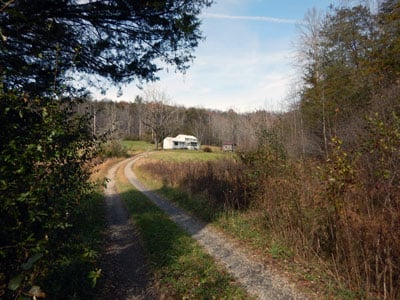 Still, the homeplace is a work in progress. It’s been said that anyone that thinks a job is ever finished never had a garden. Thinking back to my grandfather’s vision of returning to the place he remembered, we still have work to do.
Still, the homeplace is a work in progress. It’s been said that anyone that thinks a job is ever finished never had a garden. Thinking back to my grandfather’s vision of returning to the place he remembered, we still have work to do.
The universities continue to study chestnut tree genetics to create one that is blight resistant. When they do, the homeplace will be a good place to re-establish these majestic trees. We will need to consider the pastures now that cattle no longer graze them and a few seedlings have popped up around the edges, encroaching slowly but surely. A patch of pines on the west side is past its prime, like a lot of us.
A homeplace always has to begin with its first owner, but after several generations it has a history, one that connects even to family that doesn’t live there. Sacrifices made during hard times kept a thread of ownership that brought us to the present. Sweat pushed back years of neglect and created an oasis surrounded by trees and briars ready to encroach again. That may be what my grandfather saw, a place special enough he was willing to work for in his later years. Perhaps this is what he came to realize.
You can buy a house, you can create a home, but you earn a homeplace.


